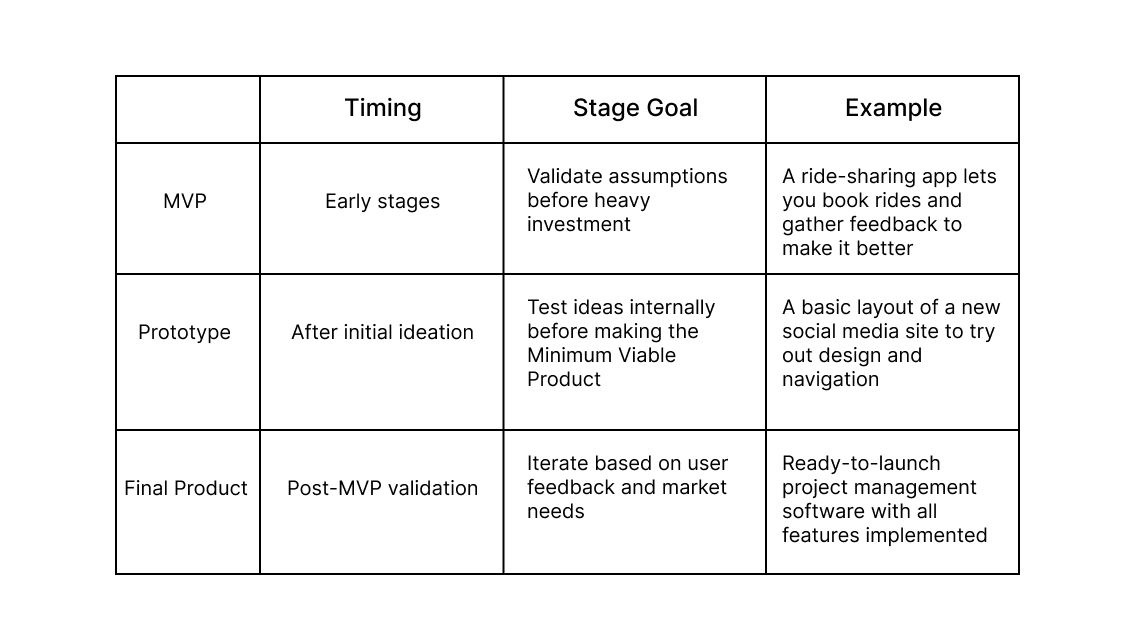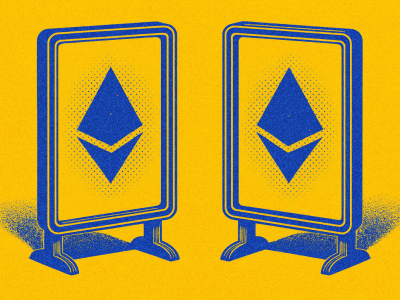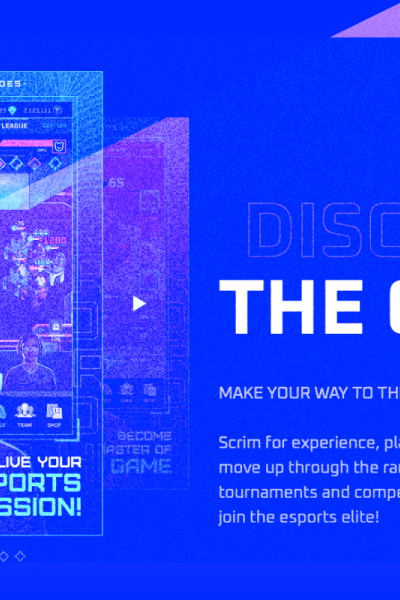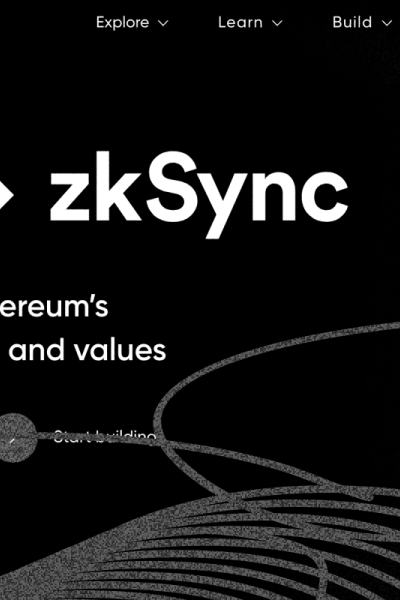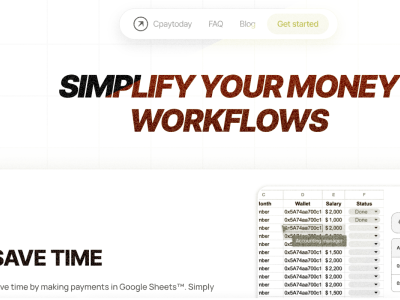Companies can face setbacks during product development that hurt their success. Let's discuss six common pitfalls in development and ways to overcome them.
Complicated MVP
Including too many features can prolong development, increase costs, and complicate the product unnecessarily.
Consequences: Startups may waste resources on features users don't want, hindering progress and budget.
Solution: Focus on delivering core functionality quickly to validate the product concept and gather insights for future iterations.
Ignoring Users
Ignoring user feedback can result in a product that fails to gain traction or address user pain points.
Consequences: Teams risk investing resources in a product that doesn't resonate with users, leading to low adoption and customer churn.
Solution: Utilize testing, surveys, and feedback loops to gather and incorporate user feedback into Minimum Viable Product iterations. Engage with early adopters to refine the product based on their insights.
No Success Metrics
This is about launching without clear success metrics, which makes it hard to track progress and gauge effectiveness.
Consequences: Without defined metrics, startups struggle to assess Minimum Viable Product impact, hindering iteration and prioritization.
Solution: Establish measurable success metrics aligned with your goals, like user engagement or conversion rates. Regularly track and analyze these metrics for informed decision-making.
Misjudging Early Wins
Mistaking initial traction or positive feedback for long-term success can trigger premature scaling, risking unsustainable growth.
Consequences: Rushing to expand without solid product-market fit can strain resources and operations, leading to failure.
Solution: Validate product-market fit thoroughly before scaling. Continuously gather and analyze data to ensure sustained demand and viability. Focus on incremental growth and iterate based on feedback to build a strong foundation for scaling.
Technical Debt Neglect
Rushing through Minimum Viable Product development can create technical debt, slowing progress later. Ignoring this debt leads to higher costs and a worse user experience.
Consequences: Companies face difficulties scaling, adding features, and staying competitive if they don't address technical debt.
Solution: Focus on quality and scalability from the start. Schedule regular code reviews, refactor code, and plan architecture carefully to prevent technical debt from piling up.
No Market Validation
Creating an MVP without checking if people want it can mean building something for a market that's too small or doesn't even exist.
Consequences: Without researching and testing the market, startups might put resources into a product with little chance of success. This can waste resources and stop them from growing.
Solution: Check the market early on by researching, finding target customers, and testing ideas with surveys, interviews, or simple websites.


